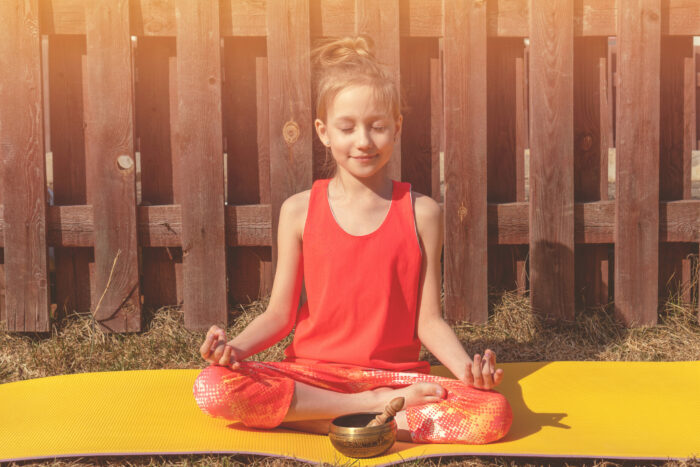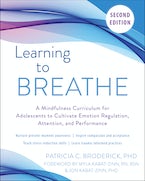By Patricia C. Broderick, PhD, author of Learning to Breathe
What does it mean to ‘take something to heart?’ Do we take the formulas for math problems to heart? How about the dates of certain historical events, or the syntax rules of a foreign language? We certainly ‘know things by heart,’ but the ‘taking’ of them there is very different. Taking something to heart implies a kind of pondering, a careful attending, seeing the scope of something, and a connecting of this new awareness to ourselves and our experience. It is a true educational experience.
This kind of knowing and learning is different from the way we learn most other things every day. Sometimes what we take to heart can change us in profound ways. It may resonate with something important to us, like a deeply- held value or a cherished hope. Taking something to heart can illuminate our priorities, our goals and aspirations. It can also reveal to us our shortcomings and clarify the ways we hurt ourselves and others. We can think of mindful awareness as a tool for taking things to heart.
Experts have told us that adolescents are faced with some major tasks during this important period of their lives. In addition to all the skills and knowledge they need to acquire as part of their schooling, they have a central question to work on during these years: “Who am I and what can I make of myself in this world?” This is a question tailor-made for deep pondering and exploration. Beneath the surface of adolescent social life—of never-ending academic demands, of new choices about appearance and activities, of new ways of relating to parents and teachers—adolescents are working on this question. Slowly but surely, the answers will come into view.
Adolescence is a prime time for taking big questions to heart, but adolescents themselves are new at this work. The cultivation of mindful awareness offers them a skill set for handling the challenging complexity of this process. Mindfulness is an inner technology—one that puts them in touch with the inner workings of body, mind, and heart as they engage in daily life. How can any of us answer any big questions for ourselves without this kind of awareness? Mindfulness, importantly, helps adolescents recognize and acknowledge the uncertainty and insecurity these questions can evoke with kindness and patience. At a time when feeling alone is as common as it is painful, mindfulness practice can help them see that they are not the only ones who feel the way they feel, and that they are part of the human family. Mindfulness helps them acknowledge, with compassion, the mind that chatters incessantly and sometimes holds onto troubling thoughts, the body that registers how they are feeling moment to moment, and the heart that holds both pleasant and difficult emotions—often simultaneously. Becoming aware of the richness of this inner life is a new experience for youth. Mindfulness can help them become more in tune with the array of experiences without self-criticism or suppression. Learning and practicing mindfulness, therefore, is very well suited to adolescents’ exploration of life’s big questions. It is a new way of looking and a new way of seeing what’s happening inside and outside. With mindful awareness, adolescents can move forward with greater wisdom, compassion, and empowerment. Now that’s something to take to heart.
Patricia C. Broderick, PhD, is a licensed clinical psychologist; certified school psychologist and counselor for grades K–12; and author of The Life Span, a textbook for graduate-level students and mental health professionals.



 2024 Peace Playbook: 3 Tactics to Avoid Clashes with Your Partner
2024 Peace Playbook: 3 Tactics to Avoid Clashes with Your Partner